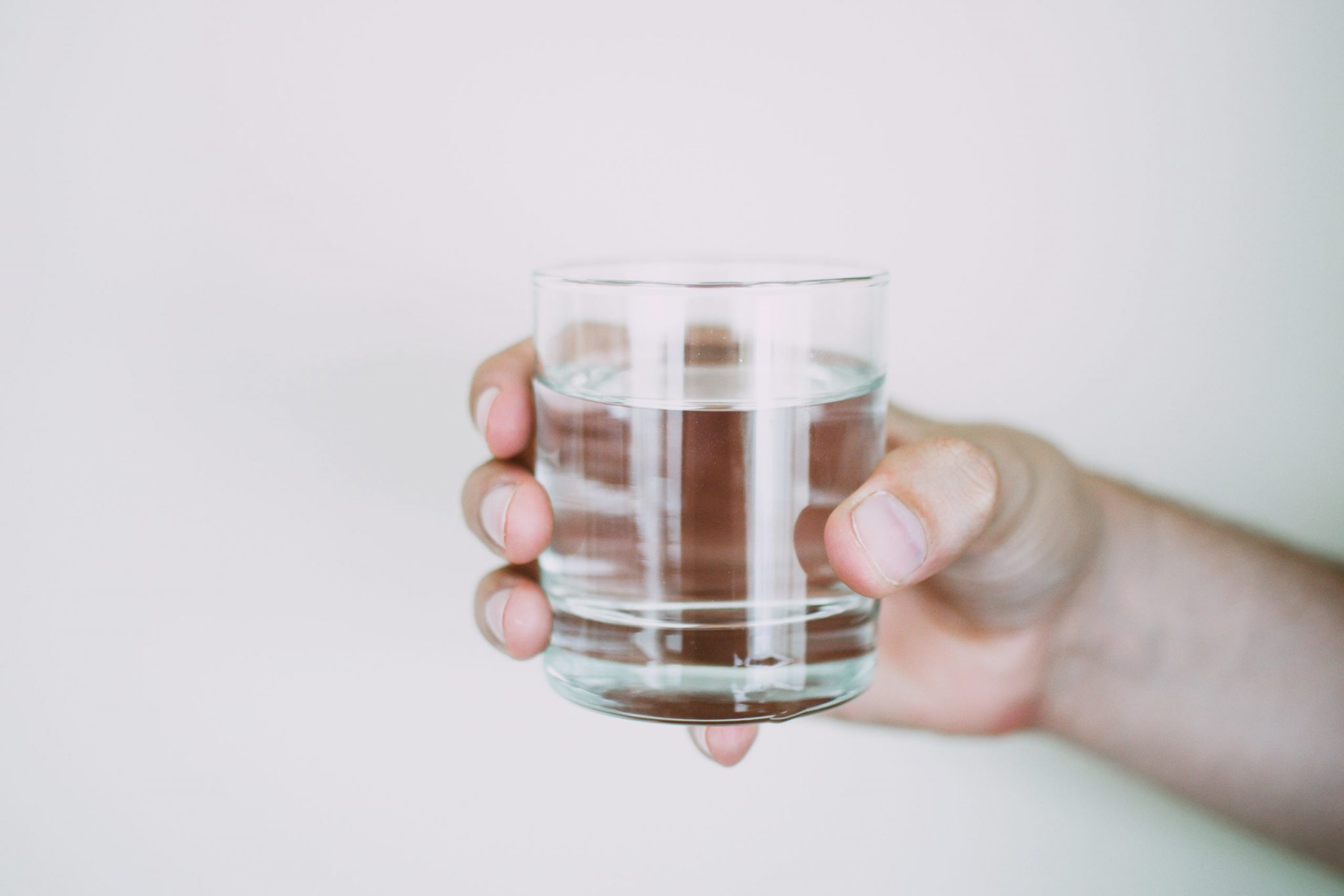In most places, water that is available from a faucet (also known as tap water) is treated and distributed by a public utility or government agency. This water is typically sourced from a variety of sources such as lakes, rivers, and underground aquifers. It is then treated to remove contaminants and impurities and is tested to ensure that it meets safety and quality standards. But did you know that water from the ocean can also get to your faucet ?
How does water from the ocean get to your faucet ?
Water from the ocean is typically converted into drinking water through a process called reverse osmosis. Reverse osmosis is a process used to convert seawater into drinking water. The process involves forcing seawater through a semi-permeable membrane, which removes salt and other impurities, resulting in clean and safe drinking water. The process of reverse osmosis is an effective and efficient method of desalination, and is used by many municipalities to provide a reliable source of drinking water. In addition to removing impurities, reverse osmosis can also improve the taste and odor of water, making it more palatable for consumption. The purified water is disinfected and then distributed through a network of pipes to homes and businesses. With the increasing scarcity of fresh water resources, reverse osmosis is becoming an increasingly important method for providing safe and clean drinking water for communities all over the world.
Here’s a simple explanation of how water from the ocean can be treated and delivered to your faucet:
- Water is pumped from the ocean into a water treatment plant.
- The water is filtered to remove any large particles or debris.
- The water is treated with chemicals to kill any bacteria or other harmful microorganisms. This typically includes the use of chlorine.
- The treated water is then pumped through a network of pipes to the homes and businesses in the area.
- When you turn on your faucet, the water is delivered to your home through the pipes and is ready to use.
Is the water from my faucet dirty ?
The water that comes out of your faucet is generally safe to drink and use, but it is not necessarily “dirty” in the sense that it is visibly contaminated with dirt or other visible impurities. However, it is possible for the water that comes out of your faucet to contain small amounts of contaminants, such as bacteria, minerals, or other substances that are naturally occurring in the environment or that may be introduced into the water supply.
Moreover, the quality of you tap water can vary depending on the location and the specific treatment processes used. Some areas may have naturally occurring contaminants in their water sources, while others may be affected by industrial or agricultural pollution. In these cases, additional treatment or filtration may be necessary to make the water safe to drink. Overall, the quality of tap water can vary, but it is generally considered to be a reliable and cost-effective source of drinking water.
If you are concerned about the quality of the water from your faucet, consider using a water filter to remove impurities from your tap water. There are many different types of water filters available, and some are more effective at removing certain contaminants than others. If you are considering purchasing a water filter, it is important to research the different options and choose one that is suitable for your needs.
Don’t hesitate to ask us if you need help to choose the best tap water filter.
